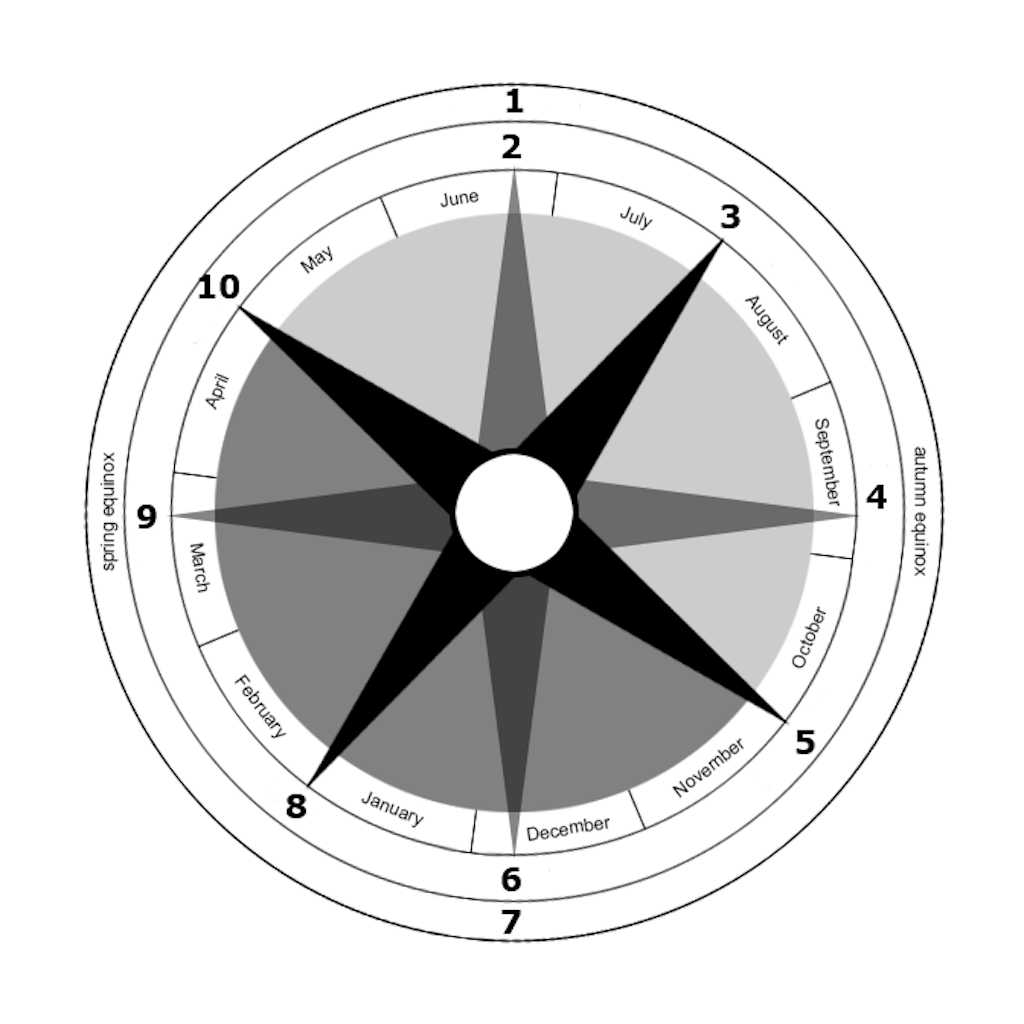
Cycling Through the Neopagan Year Quiz
Though the Wheel of the Year is a more recent creation, much of it derives from long-held Pagan traditions. Identify when these events occur in the Neopagan/Wiccan calendar. Good luck!
This is a renovated/adopted version of an old quiz by author ravenskye
A label quiz
by kyleisalive.
Estimated time: 3 mins.
- Home
- »
- Quizzes
- »
- Religion Trivia
- »
- Paganism
